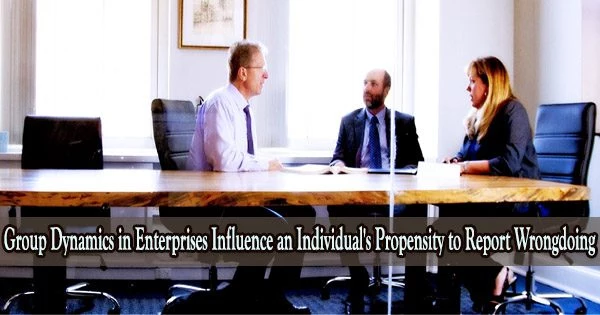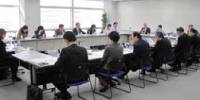Organizational wrongdoing costs U.S. businesses billions of dollars each year in fraud. Whistleblowers, who historically were believed to act with the intention of assisting or bettering their organization, are the main source of information used to identify wrongdoing.
In order to better understand how group affiliations affect the possibility of whistleblowing, a recent study took a novel approach, looking at people as members of both organizations and social groupings.
According to the study, individuals’ propensities to expose wrongdoers within their group were reduced by group cohesion, whereas their propensities to expose wrongdoers outside of their group were raised.
The study, by researchers at Carnegie Mellon University (CMU) and the University of California, Irvine (UCI), is published in Organization Science.
Determining the impact of social structure on whistleblowing
“Understanding the effects of group dynamics on whistleblowing can inform organizational interventions to detect and prevent wrongdoing,” explains Brandy Aven, Associate Professor of Organizational Theory, Strategy, and Entrepreneurship at CMU’s Tepper School of Business, who co-authored the study. “By understanding how individuals identify and associate with each other, we can determine the impact of social structure on responses to wrongdoing.”
By showing how group affiliations inform whistleblowing decisions, we reveal how variation in social structure leads to heterogeneity in responses to wrongdoing. As such, we encourage organizations to look at more than organizational-level factors and consider a new focus on relational dynamics.
Patrick Bergemann
Whistleblowers are members of internal social groups that might form along various dimensions (e.g., work groups, demographics, rank, geography, hobbies), therefore neglecting the fact that they are also members of the organization when seeing them as persons working for the company’s good is a mistake. These social groups affect individuals’ behavior and decision-making.
In this study, researchers used data from the 2010 Merit Principles Survey, which asked federal employees in two dozen U.S. departments and agencies about observed and hypothetical wrongdoing; Nearly 3,000 federal employees who had knowledge of misbehavior by another government employee who either reported it or didn’t were included in the study’s sample. A separate sample of around 300 American internet responders served as the participants in the researchers’ vignette experiment.
Due to the potential whistleblower’s increased loyalty to group members and desire to uphold the group’s reputation, the study discovered that when a wrongdoer was associated with a potential whistleblower’s group, more group cohesion decreased the likelihood of blowing the whistle.
Higher group cohesion enhanced the likelihood of blowing the whistle when a wrongdoer was not associated with a potential whistleblower’s group because potential whistleblowers felt they had the backing of fellow group members, lowering their worries of retaliation.
The authors note that their study features several limitations. Research has demonstrated that social dynamics and group membership can have an impact on people’s morality and judgments of wrongdoing, but this study did not examine if people have diverse definitions of what acts are bad.
Aspects of overlapping group memberships and distinctions between voluntary and mandatory organizations were also not covered by the study. Finally, the study did not distinguish which acts of wrongdoing harmed victims (e.g., harassment, discrimination) and which harmed just the organization.
The study’s findings imply that individuals are heavily impacted by group dynamics within the organization, possibly even more so than by worries about the organization itself, which runs counter to popular perceptions about whistleblowing.
Thus, while group cohesion may lead to whistleblowing in one part of the organization (i.e., outside the group), it can lead employees to shield wrongdoers in another part of the organization (i.e., inside of the group).
“By showing how group affiliations inform whistleblowing decisions, we reveal how variation in social structure leads to heterogeneity in responses to wrongdoing,” says Patrick Bergemann, Assistant Professor of Organization and Management at the Paul Merage School of Business at UCI, who led the study.
“As such, we encourage organizations to look at more than organizational-level factors and consider a new focus on relational dynamics.”
















